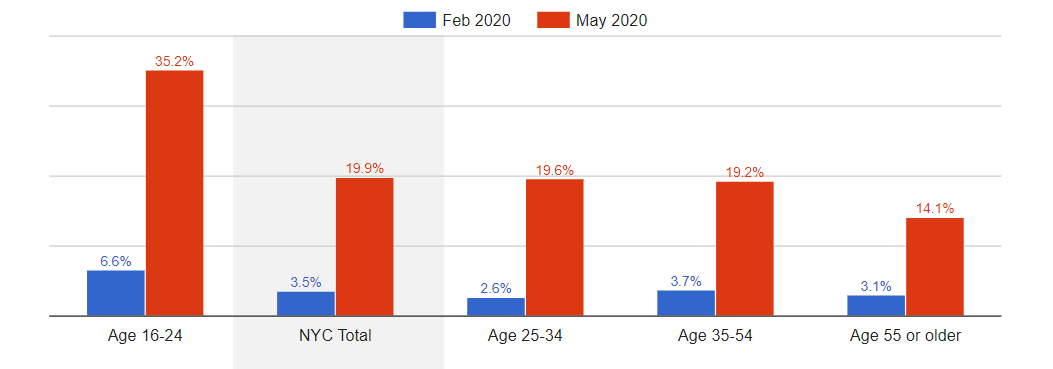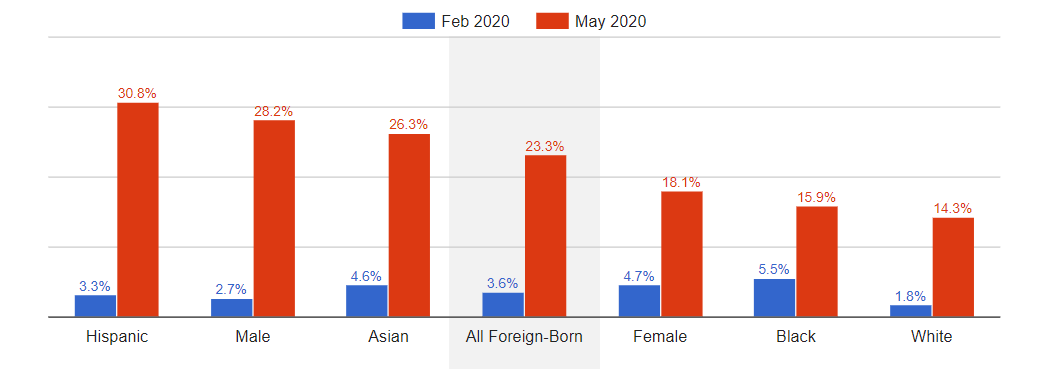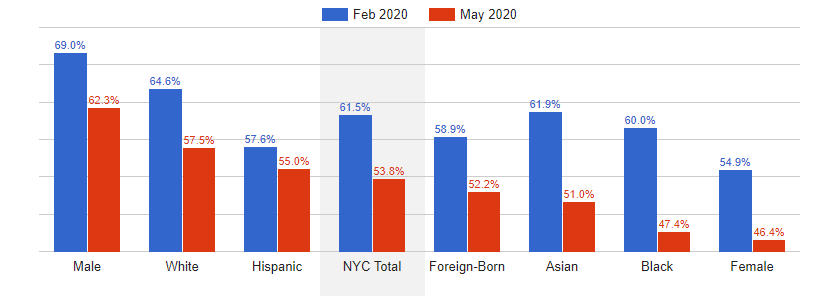Governor Cuomo: "Today, we have done a full 180, from worst to first. We are controlling the virus better than any state in the country and any nation on the globe. Even more, by reducing the infection rate, we saved over 100,000 people from being hospitalized and possibly dying, just think about that. It is an unimaginable achievement. I'm so incredibly proud of what we all did together, and as a community. We reopened the economy and we saved lives. Because it was never a choice between one or the other, it was always right to do both."
Cuomo: "I ask myself and today I ask you: Why did it take a crisis to bring us together? Why does government usually appeal to the worst in us rather than the best? Why do our politics today play to our fears and weaknesses rather than appeal to our strengths? Why doesn't government challenge us to reach higher and speak to our better angels? Why can't it motivate us by love rather than hate? Why doesn't government urge us to realize we are members of the same community, the same family? That we all benefit when we work together. Isn't that what we really showed over the past 111 days? That working together works. That the only way forward is if I protect you and you protect me. I wear a mask for you and you wear a mask for me."
Cuomo: "If you care for me and I care for you, we showed that in the end love does win. Love does conquer all. That no matter how dark the day, love brings the light. That is what I will take from the past 111 days. It inspires me and energizes me and excites me. If we could accomplish together what we did here, this impossible task, of beating back this deadly virus then there is nothing we can't do. We will be better and we will be stronger for what we have gone through. It shows us how capable we are when we are at our best. It shows us that we have great potential to do even more and we will."
Governor Andrew M. Cuomo today announced global public health experts have cleared New York City to enter Phase Two of reopening on Monday. Business guidance for Phase Two of the state's reopening plan is available here.
"I am so incredibly proud of what we all did together and as a community. We reopened the economy and saved lives, because it was never a choice between one or the other, it was always right to do both," Governor Cuomo said. "We showed that works in New York. We owe thanks to so many people, to our heroes, the healthcare and essential workers, to our legislature, our colleagues in New Jersey, Connecticut and neighboring states, local governments, the Army Corps of Engineers and most of all, to the great people of the state who rose to the occasion and did what they had to do."




